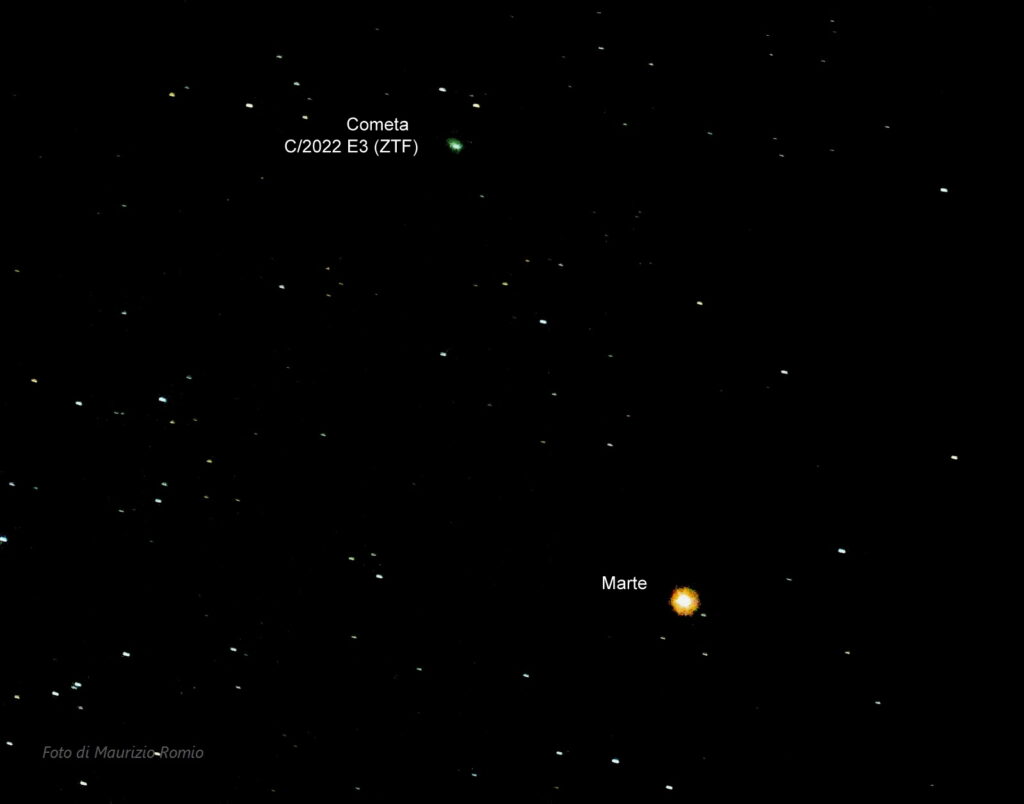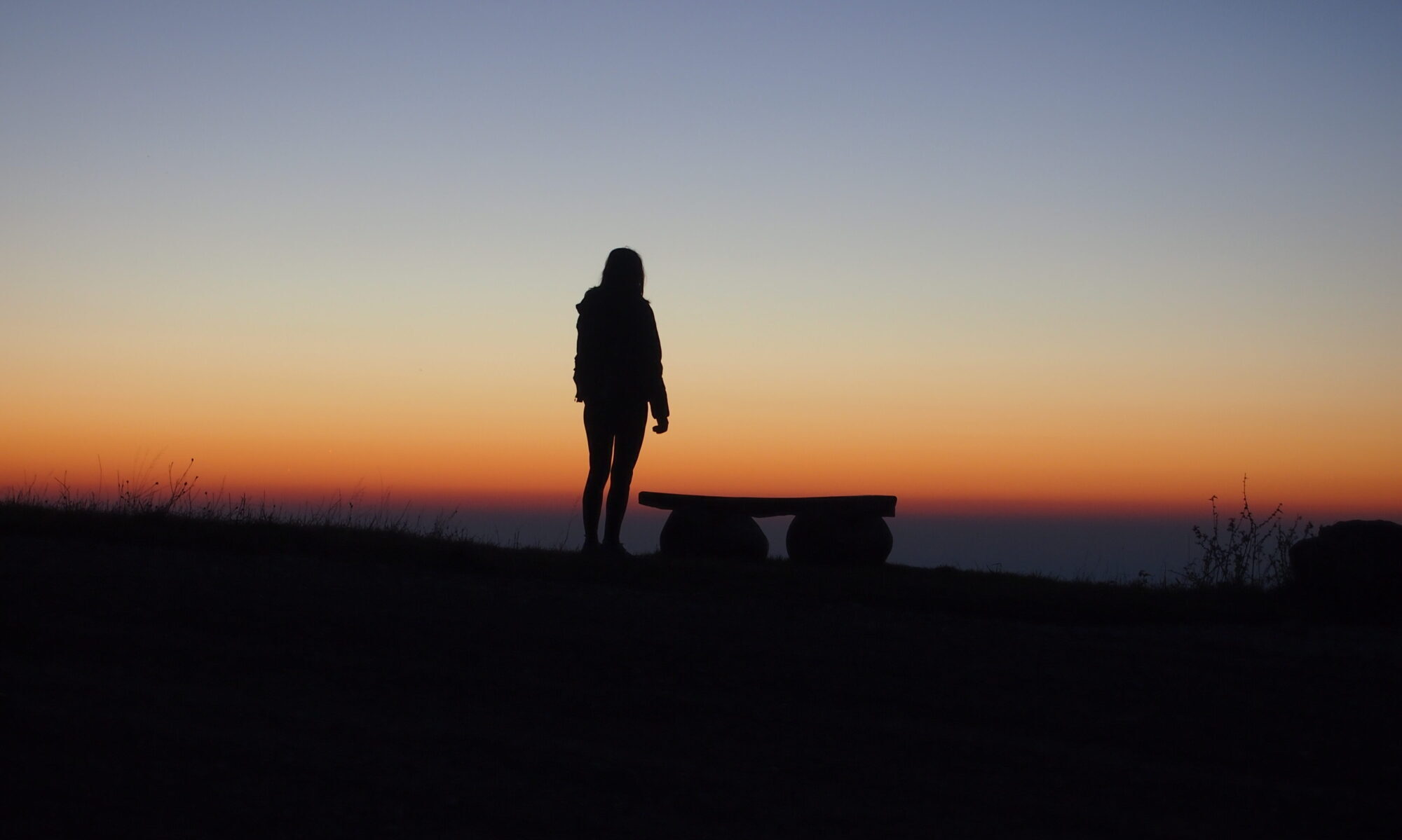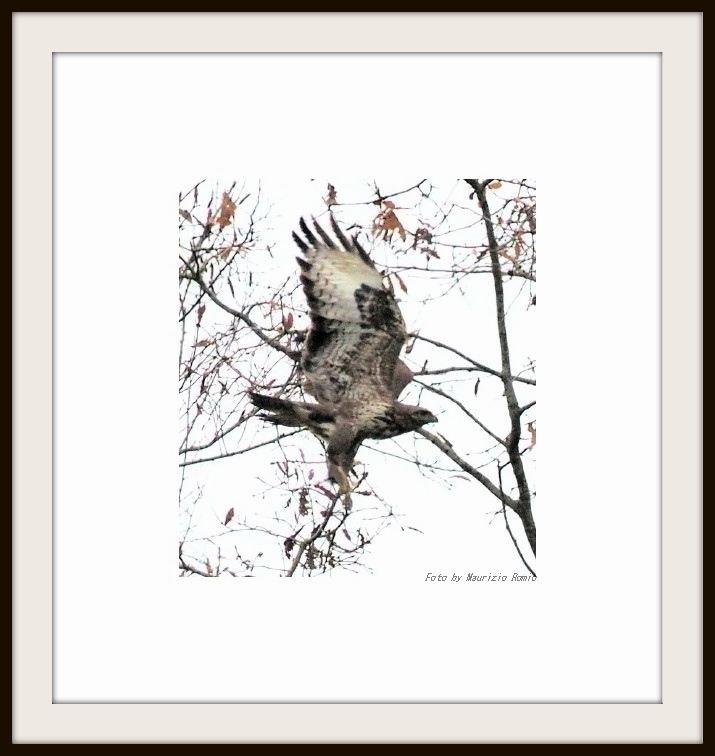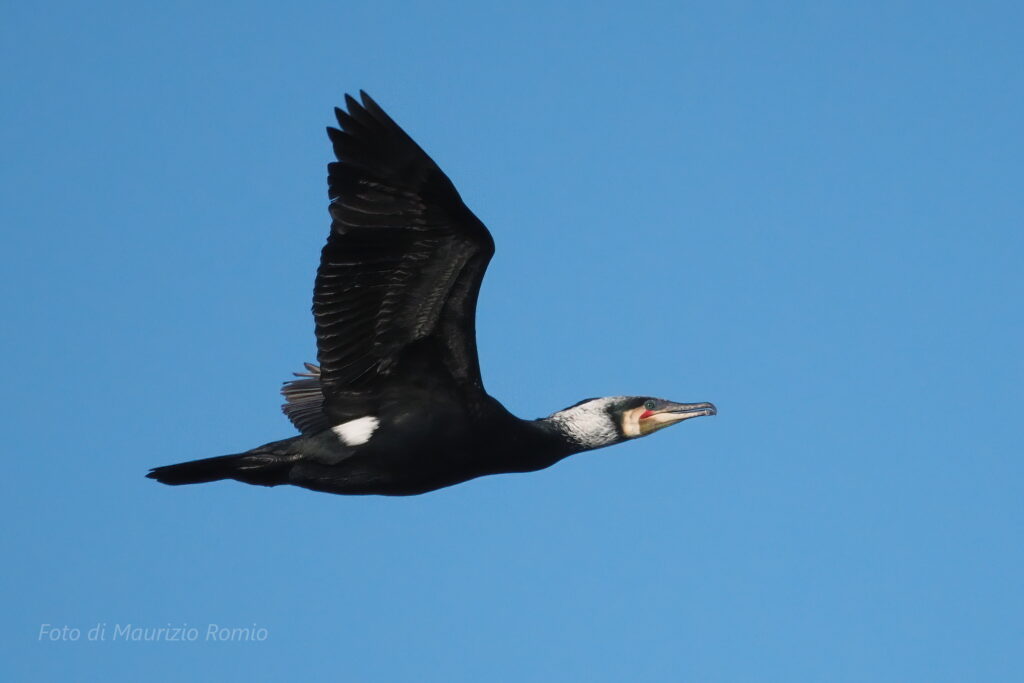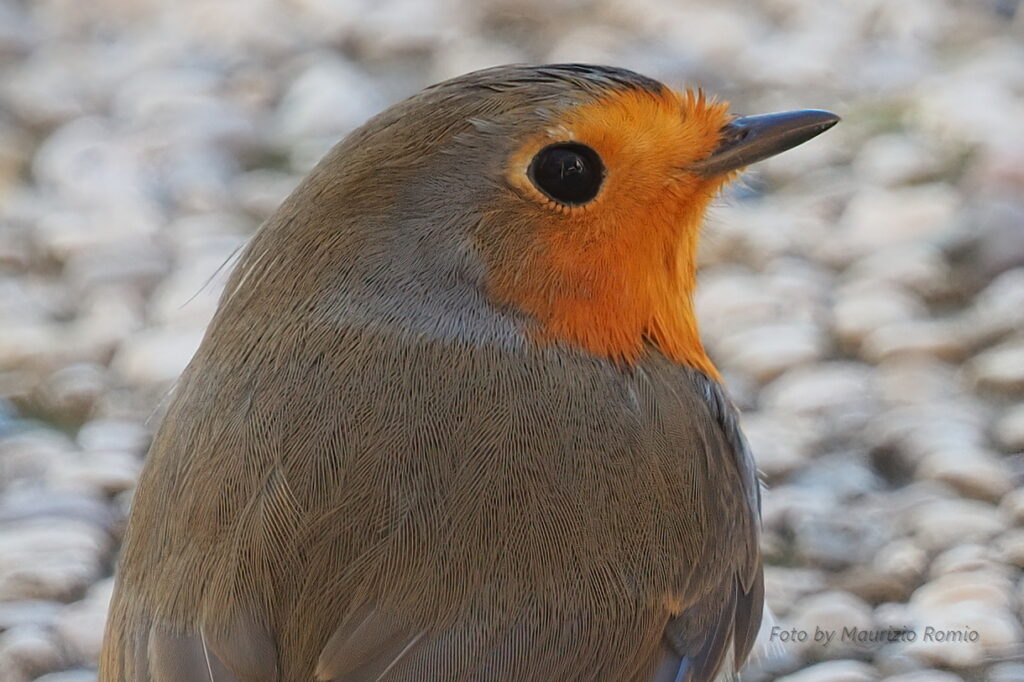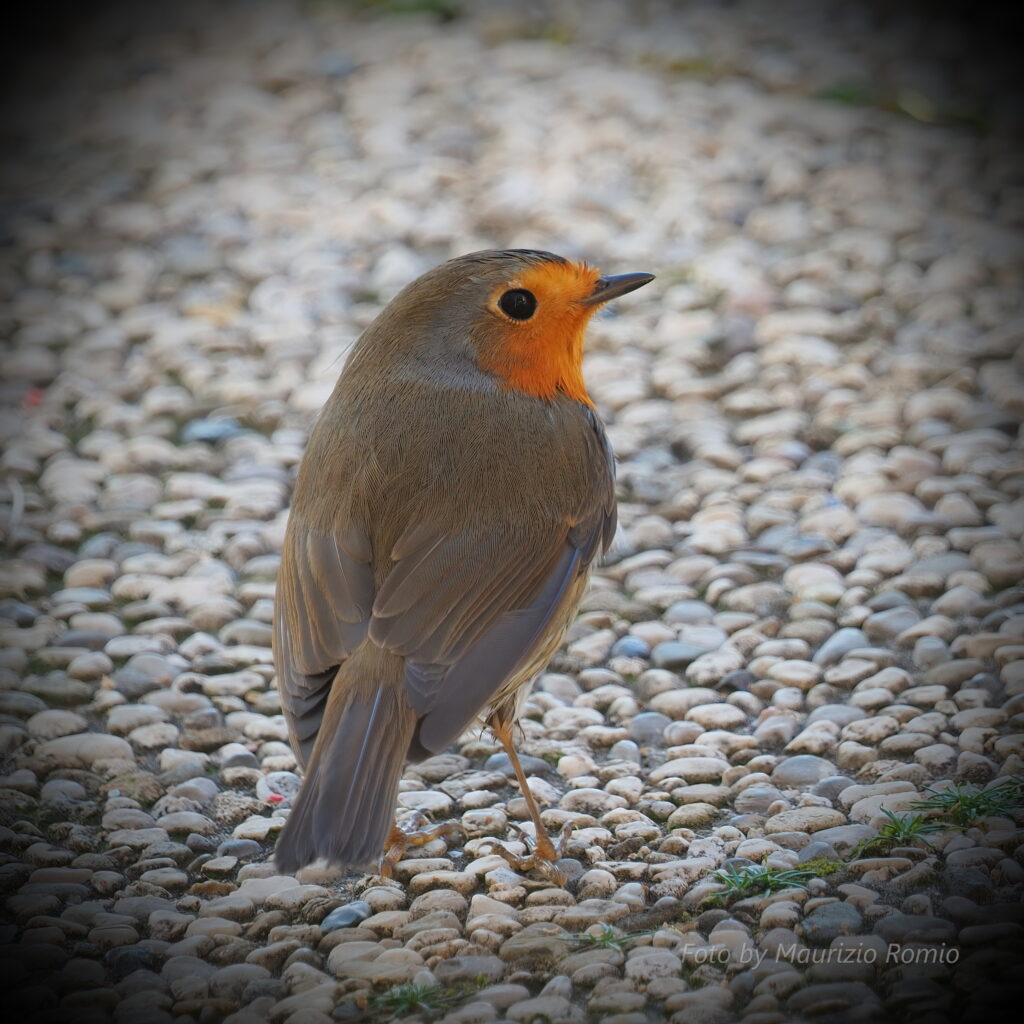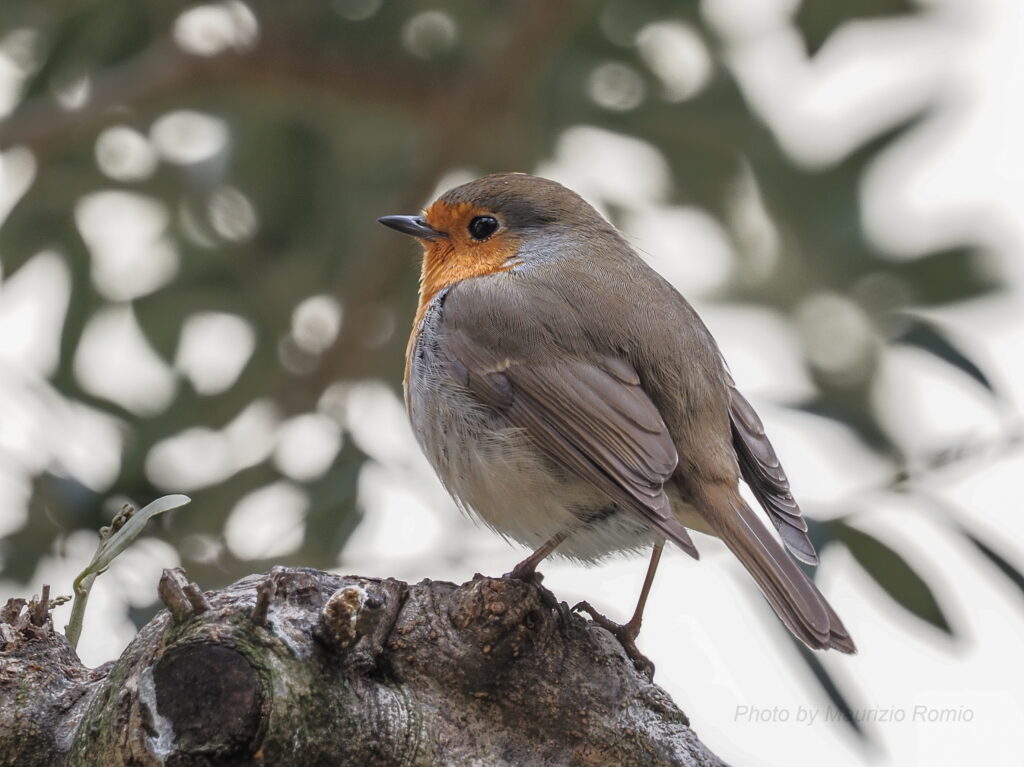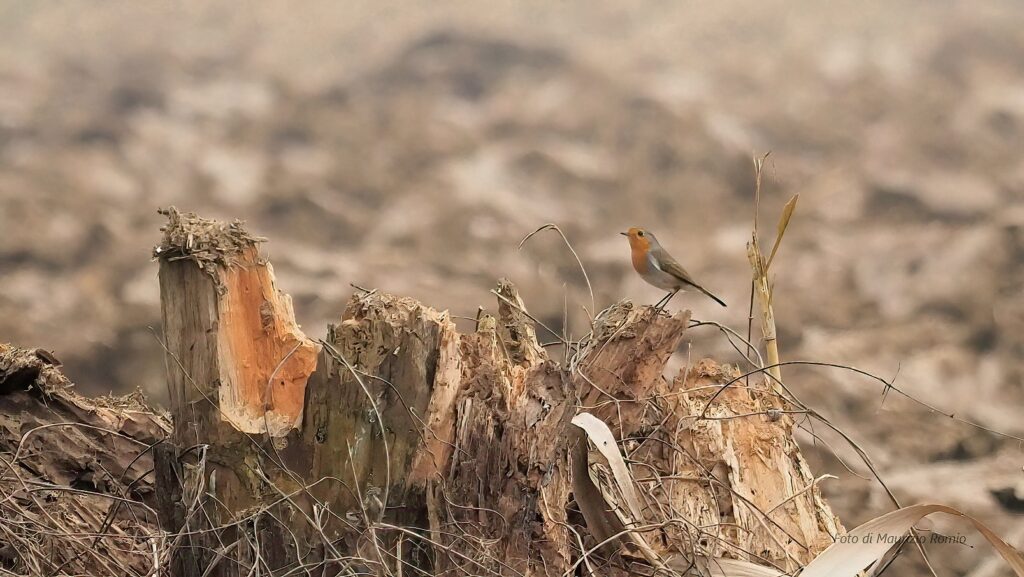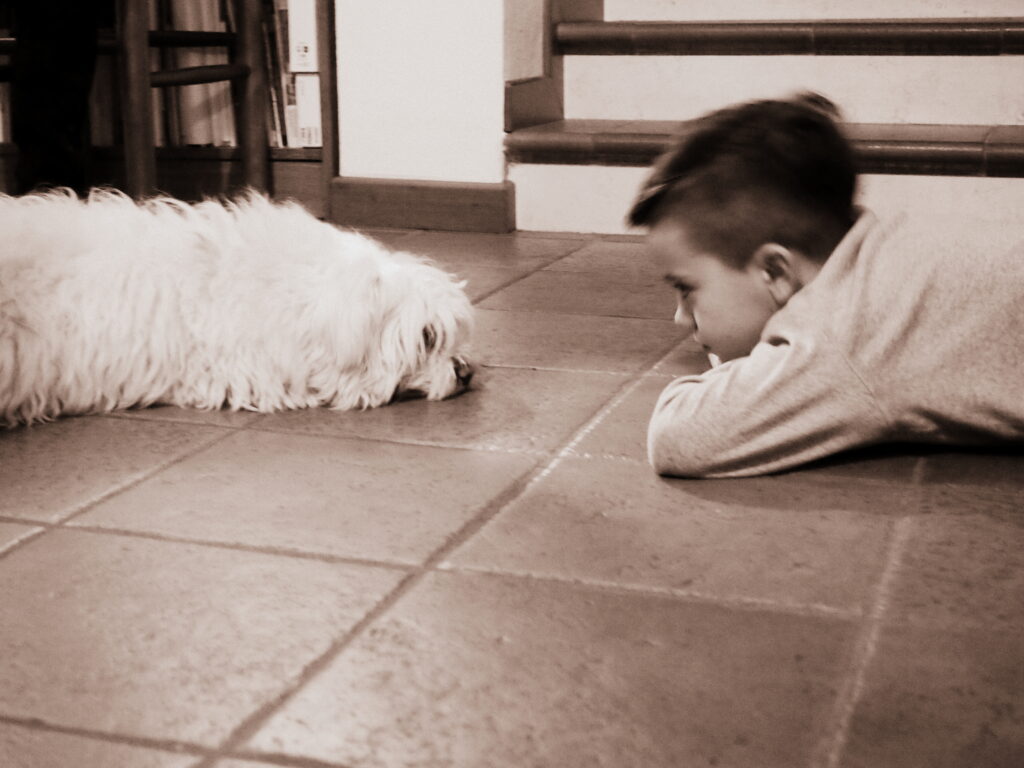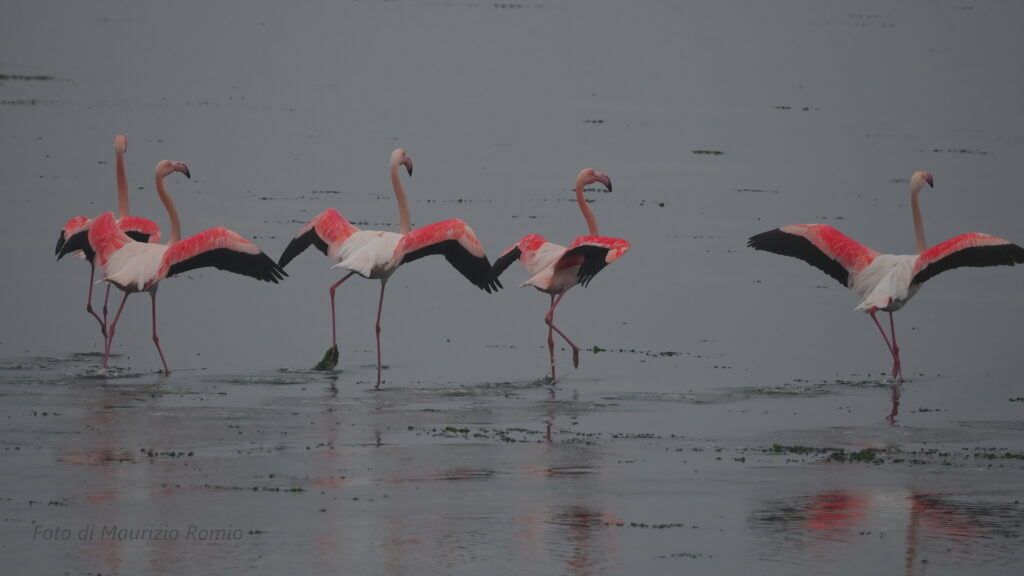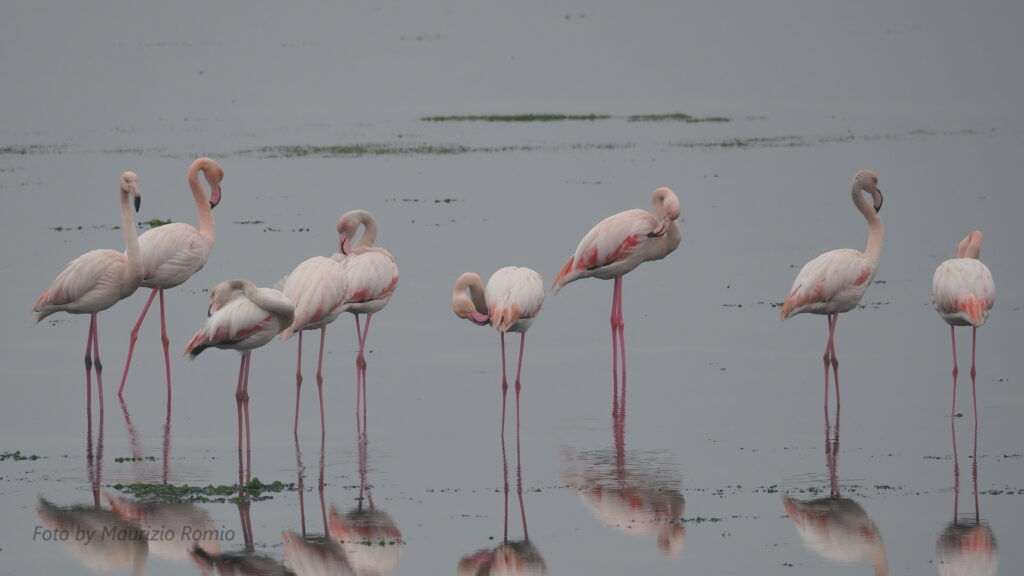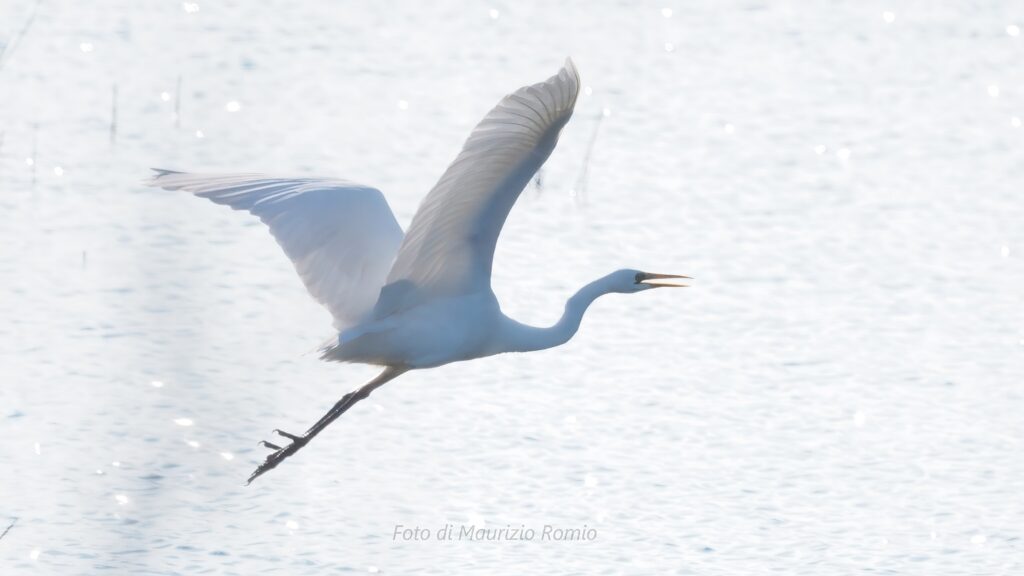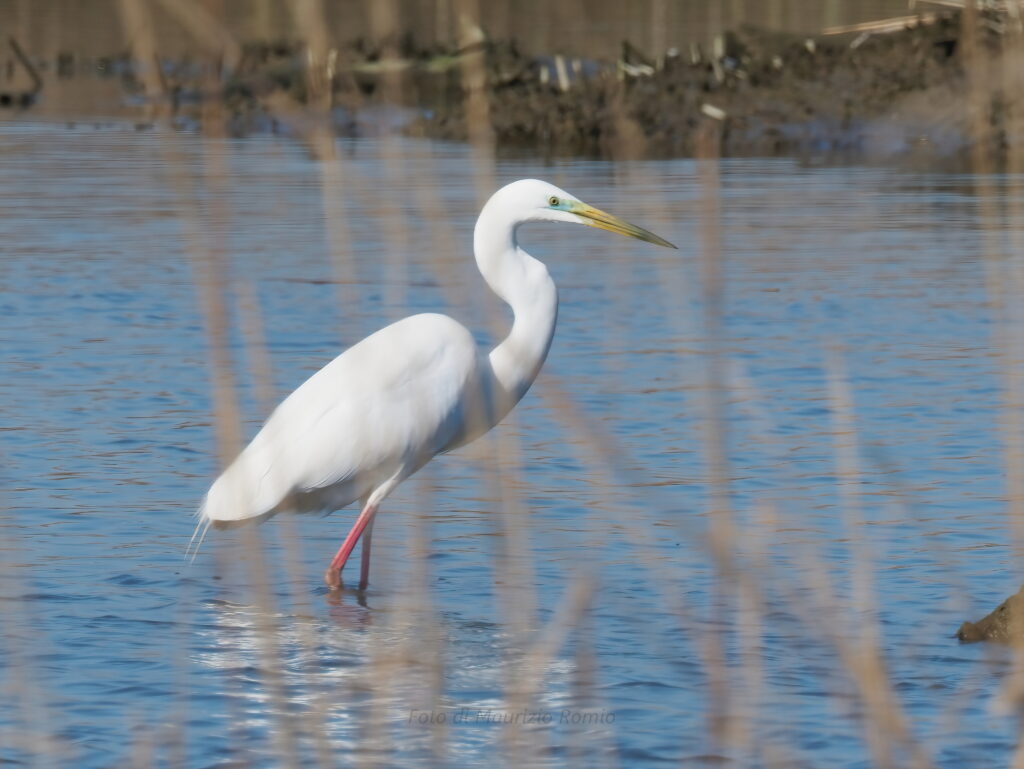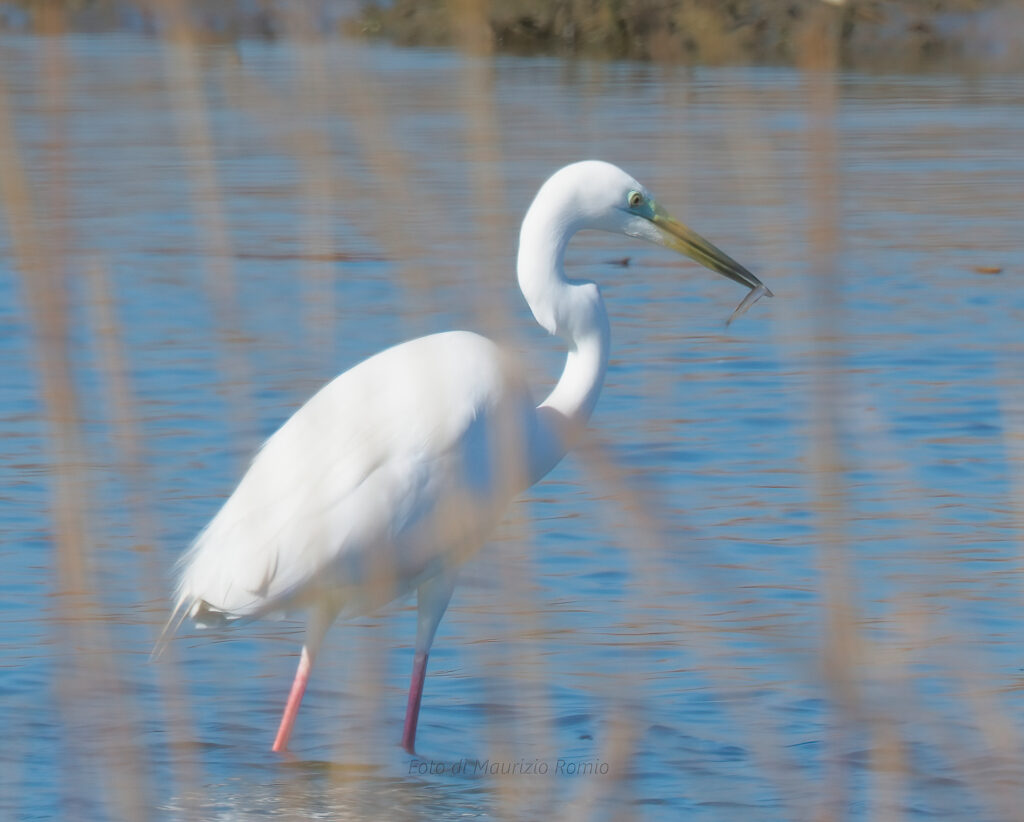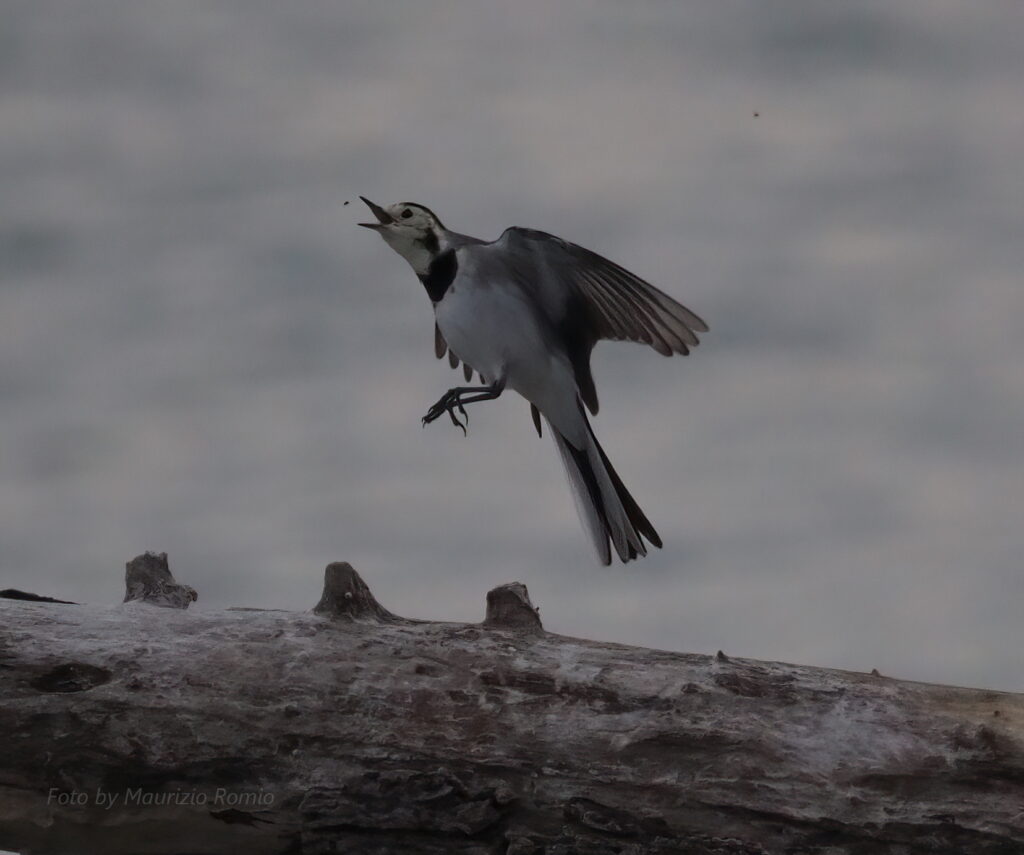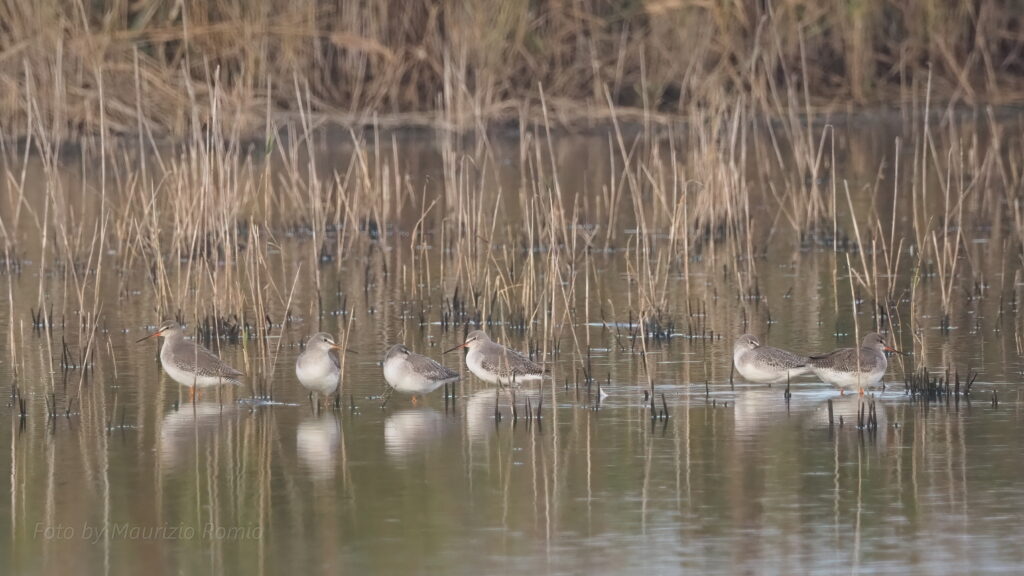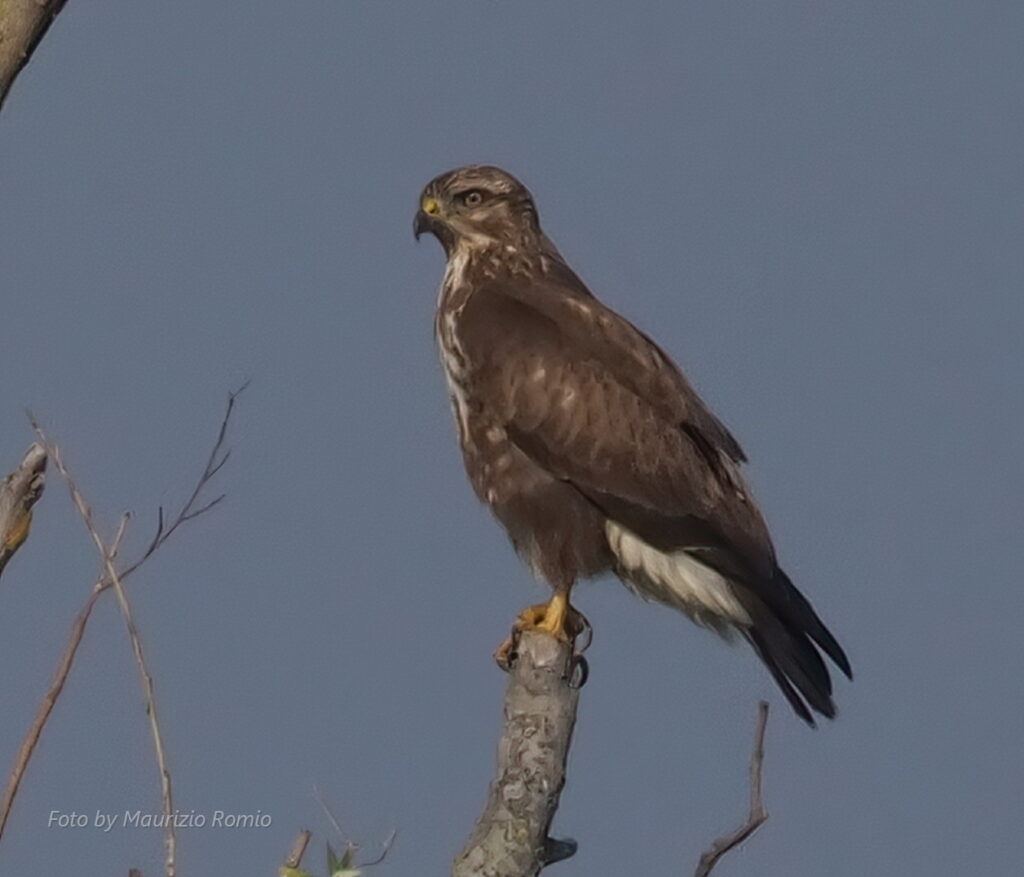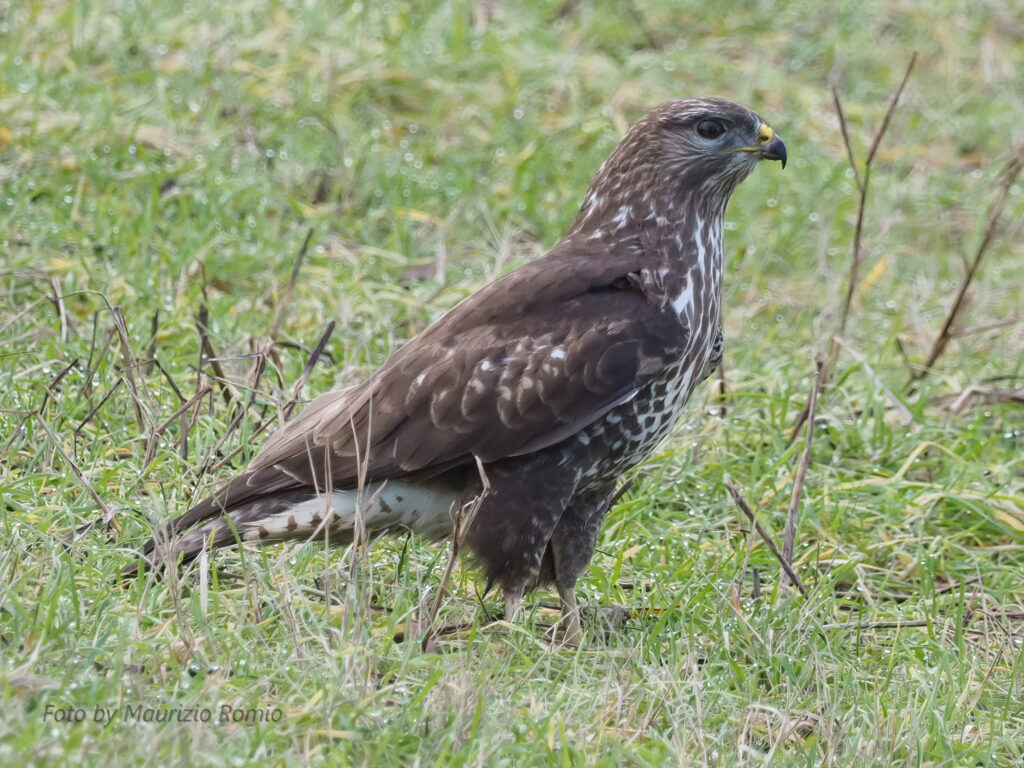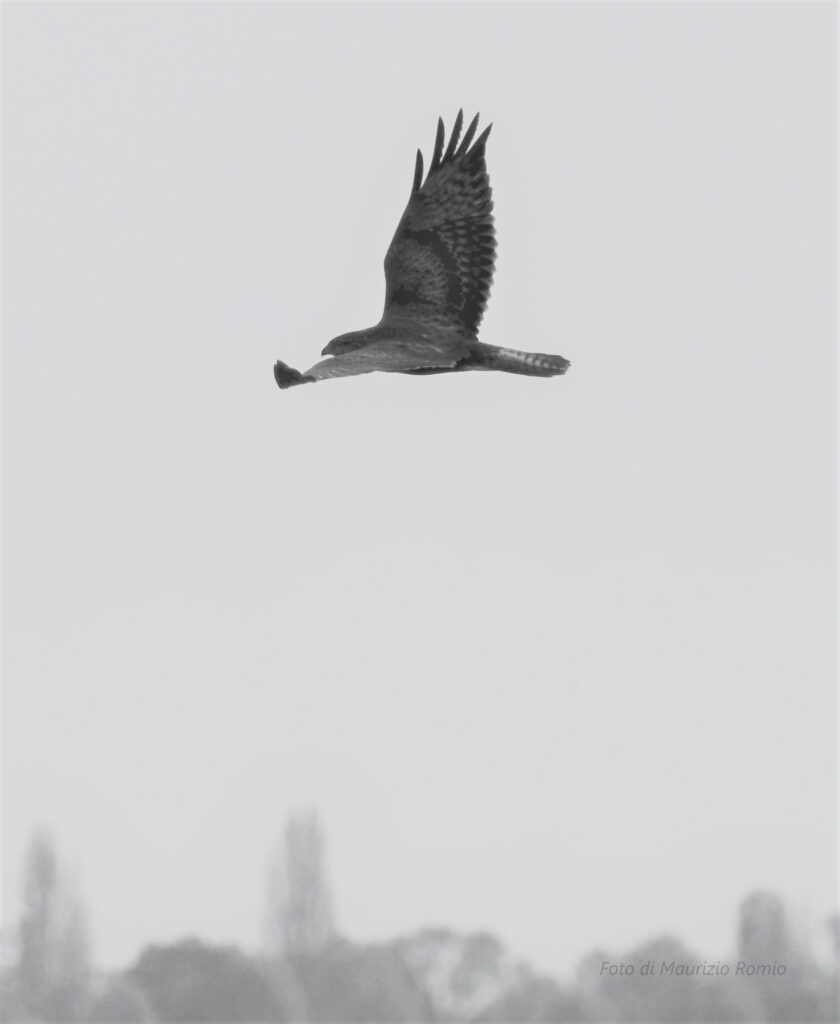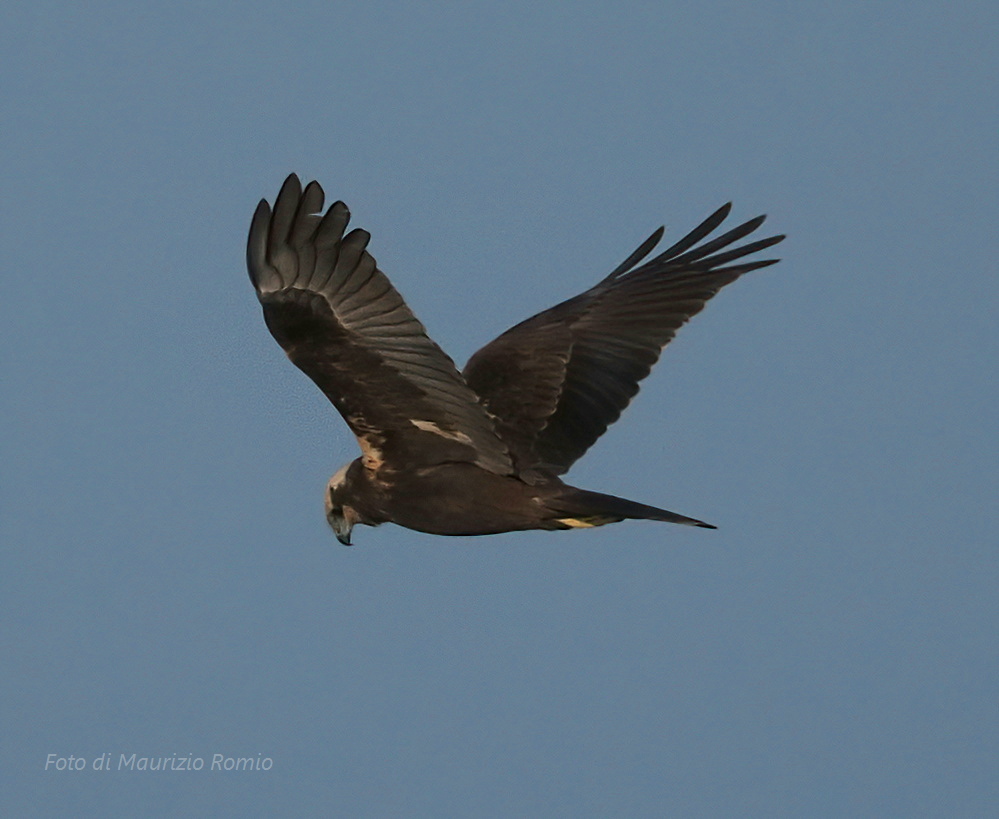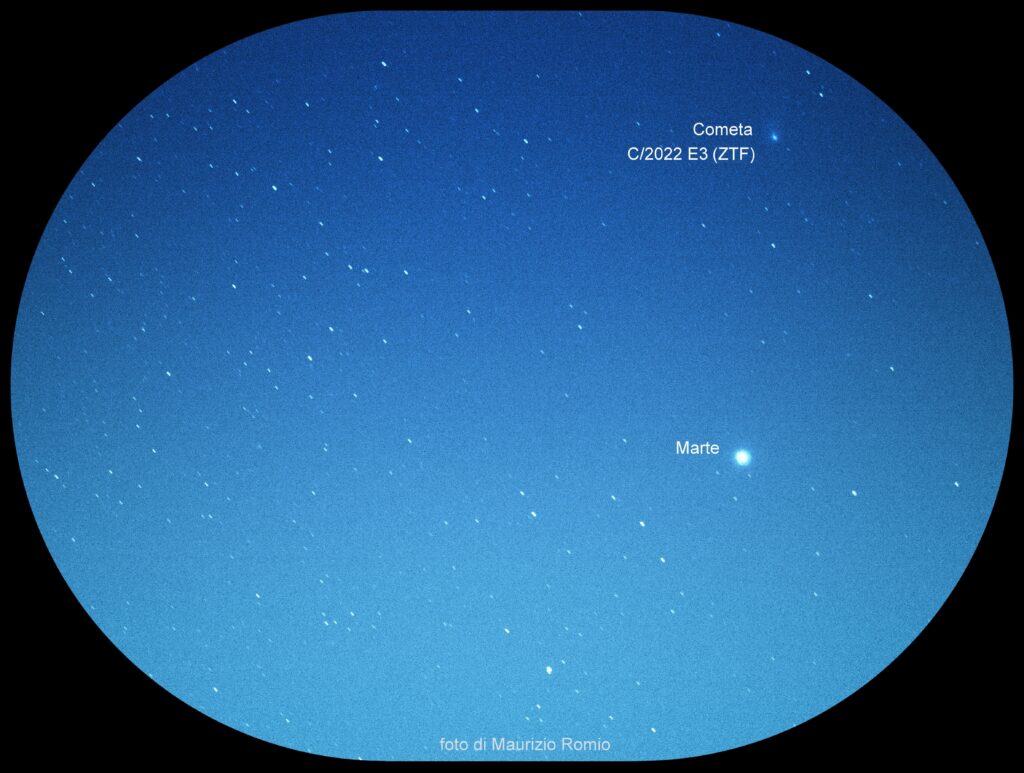
Ho desiderato documentare con alcuni scatti fotografici il passaggio, sopra il cielo di Costabissara (Italia), della Cometa C/2022 E3 (ZTF) denominata Cometa di Neanderthal.
Dati ripresa.
Data: 10 febbraio 2023 ore 22.06
Località: Italia, Costabissara (VI)
Macchina fotografica: Olympus E-M10 Mark III
Lente: M.Zuiko Digital ED 40-150mm F2.8 PRO
Scatto: Lunghezza focale: 150.0 mm; tempo di esposizione otturatore: 6.1 sec.; diaframma: F2.8; sensibilità ISO 1600; treppiede.
Il precedente avvicinamento alla Terra di questa cometa chiamata C/2022 E3 (ZTF) risale a circa 50 mila anni fa quando sul nostro Pianeta viveva ancora l’uomo di Neanderthal, da qui la derivazione del suo appellativo. Questa cometa ha un diametro di circa mille metri e la sua minima distanza dalla Terra è stata di 42 milioni di chilometri. L’ammasso ghiacciato delle comete, costituito da gas e polveri, può rendersi visibile quando le comete nel corso della loro orbita si avvicinano al Sole.
Comet C/2022 E3 (ZTF) (Neanderthal Comet)
I wished to document with some photographic shots the passage, over the sky of Costabissara (Italy), of Comet C/2022E3 (ZTF) called the Neanderthal Comet.
Shooting data.
Date: 10 February 2023 10:06 p.m.
Location: Italy – Costabissara (VI)
Camera: Olympus E-M10 Mark III
Lens: M.Zuiko Digital ED 40-150mm F2.8 PRO
Shot: Focal length: 150.0 mm; shutter exposure time: 6.1 sec; aperture: F2.8; ISO sensitivity 1600; tripod.
The previous approach to Earth of this comet named C/2022 E3 (ZTF) was about 50 thousand years ago when Neanderthals still lived on our Planet, hence the derivation of its nickname. This comet has a diameter of about 1,000 meters, and its shortest distance from Earth was 42 million kilometers. The cluster icy of comets, consisting of gas and dust, can become visible when comets in the course of their orbit approach the Sun.
